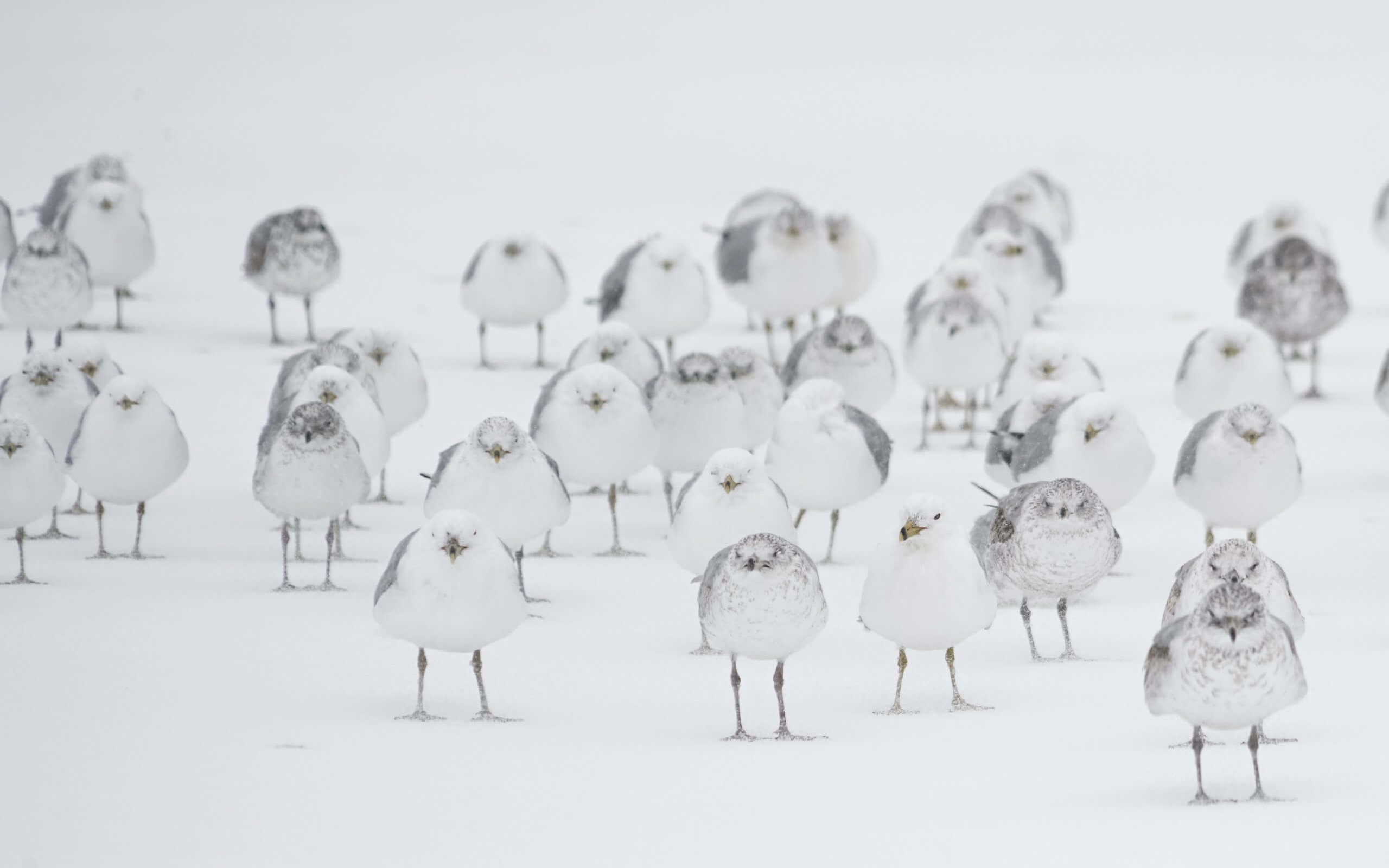Lately, we’ve heard a lot about why scientists find it challenging to connect their science to broader dialogues. But influences external to academic culture may be contributing in equal measure to this frustration. Sweeping changes in the field of science journalism – the medium through which science has traditionally been shared with the broader public – are affecting the way scientists engage. And change has been hard for both scientists and journalists.
Science journalism – like much of traditional journalism – is undergoing a culture shift. Understanding these changes can help scientists wanting to engage to do so most effectively.
Changes in the field were already widespread and widely discussed before I began my graduate studies in science journalism in 2009. As students, we were told be adaptable, learn “new media,” and, instead of hoping for traditional staff positions as science journalists, to embrace our entrepreneurial spirits and look for spaces to create new jobs. We would enter a field where science departments and staffers are often viewed as expendable amid rising production and distribution costs and declining ad and newsstand revenue.
Their prophecies have come to pass. According to the Columbia Journalism Review, dedicated weekly science sections in US newspapers are down from 95 in 1989 to 19. This downsizing has seen highly experienced and trained science reporters shifting to positions outside of traditional journalism, and, for the science that does make the news, generalist journalists are increasingly tasked with covering science topics. It’s not just newspapers that are shifting their staff and coverage to stay relevant, magazines and radio are changing too. And, in television, places where science documentaries formerly reigned, science-minded programming is succumbing to a growing demand for reality television and entertainment.
As a subset of science, environment-focused coverage has also been decreasing. In 2012, The Daily Climate reported that worldwide coverage of climate continued at a three-year decline. Now even the New York Times’ environment desk – the most popular and prolific environment department at a US newspaper – has since been disbanded.
Compounding the problem, the instantaneous nature of modern news consumption has created a culture of “churnalism,” where reporters are expected to spend less time exploring and understanding subjects in favor of churning out more stories. For science reporting, which often involves complex topics or issues unfamiliar to the reporter, this can lead to a reduction in quality for the stories that are published and the proliferation of misinformation.
And, there won’t be a fresh infusion of trained science journalists and writers to stall this precipitous fall; dedicated programs in the field are also suffering. A little over a month ago, one of the few remaining science writing programs in the country announced it would shut down. My tiny graduating class of 7, are now all in positions that involve disseminating scientific information – one edits elementary school science textbooks, another, a former doctor, is a blogger/filmmaker for a pan-Asian pro-choice organization, and yet another creates videos of MIT’s physics lectures for their OpenCourseWare content. But none of us are currently working in traditional science journalism jobs.
So, what does this mean for scientists engaging?
Fortunately, these mostly negative aspects of changes come with a flip side. The demand for science content and information has not declined… in fact, online science content is fueling a geek revolution! This shift of trained science journalists to non-traditional journalism jobs, coupled with the increase of science enthusiasts and scientists adding their insights online, means that great scientific information is getting out to the public through different and wider channels. And this represents an exciting opportunity for those willing to rise to the challenge and share their voices. But it also means that it’s now more critical than ever that the messages scientists broadcast to the public through the media are clear and succinct.
While the traditional media are still trying to find their stride amid sweeping changes, online science reporting has taken science where it’s never been before: offering up new dimensions and ways of exploring scientific content and data. The online science community has also provided a means to counter the negative aspects of traditional media’s decline. Online conversations act as watchdogs for the media, quickly alerting publications and postings to errors or missteps in content and encouraging corrections.
In the second part of this series, we’ll look toward the future of science journalism – including creative funding models and syndicated content – and what that means for engagement.


